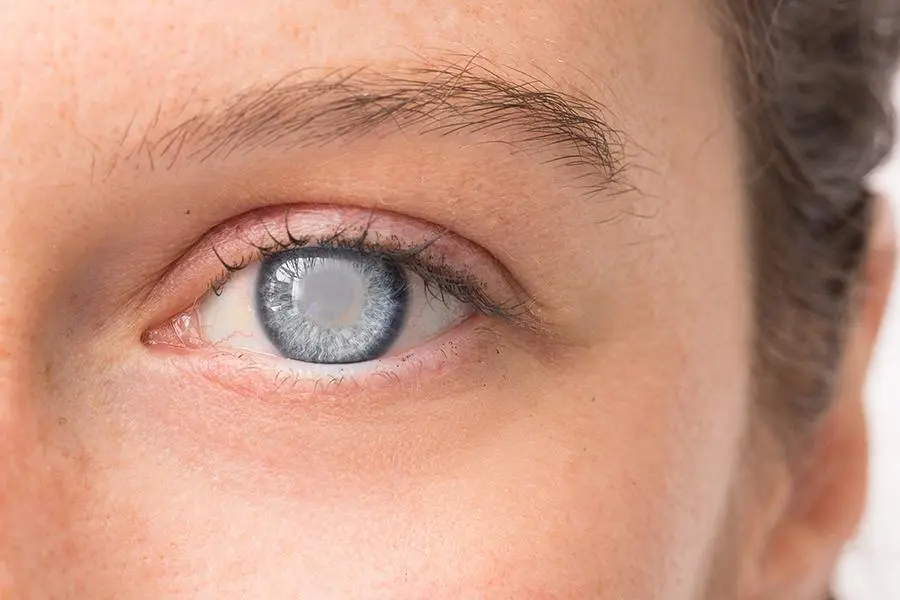
Understanding Glaucoma: Symptoms, Causes, and Treatments
Glaucoma is a group of eye conditions that can damage the optic nerve, leading to vision loss and blindness if left untreated. It often develops slowly over time and is frequently associated with increased pressure inside the eye, known as intraocular pressure (IOP). Here’s an overview of glaucoma symptoms, causes, and treatments:
Symptoms:
- Gradual Loss of Peripheral Vision: Glaucoma often causes a gradual loss of peripheral vision, which may not be noticeable until significant damage has occurred.
- Blurred Vision: Vision may become blurred, and individuals may experience difficulty focusing on objects.
- Halos Around Lights: Some people with glaucoma may see halos around lights, particularly at night.
- Eye Pain: Acute angle-closure glaucoma can cause sudden, severe eye pain, along with headaches, nausea, and vomiting.
- Redness in the Eye: Inflammatory glaucoma types may cause redness, swelling, and discomfort in the eye.
Causes:
- Increased Intraocular Pressure (IOP): Elevated IOP is a primary risk factor for glaucoma. It can result from a buildup of fluid (aqueous humor) inside the eye due to impaired drainage or overproduction.
- Age: The risk of glaucoma increases with age, particularly after the age of 60.
- Family History: Individuals with a family history of glaucoma have a higher risk of developing the condition.
- Ethnicity: Certain ethnic groups, such as African Americans and Hispanics, have a higher risk of developing glaucoma.
- Medical Conditions: Conditions such as diabetes, hypertension, and cardiovascular disease can increase the risk of glaucoma.
Treatment:
- Medication: Eye drops or oral medications are commonly prescribed to lower intraocular pressure. These medications work by either reducing the production of aqueous humor or improving its drainage from the eye.
- Laser Therapy: Laser trabeculoplasty and laser iridotomy are procedures used to improve the drainage of fluid from the eye, thereby reducing intraocular pressure.
- Surgery: In cases where medication and laser therapy are ineffective, surgical procedures such as trabeculectomy or minimally invasive glaucoma surgery (MIGS) may be recommended to create a new drainage pathway for the aqueous humor.
- Regular Monitoring: Since glaucoma is a chronic condition, regular monitoring of intraocular pressure and visual field tests is essential to assess disease progression and adjust treatment as needed.
- Lifestyle Modifications: Lifestyle changes such as maintaining a healthy diet, exercising regularly, avoiding smoking, and managing other medical conditions can help reduce the risk of glaucoma progression.
It’s important to note that early detection and treatment are crucial for managing glaucoma and preventing vision loss. Therefore, routine eye exams, especially for individuals at higher risk, are essential for early diagnosis and intervention. If you experience any symptoms of glaucoma or have risk factors for the condition, consult an eye care professional for evaluation and appropriate management.

